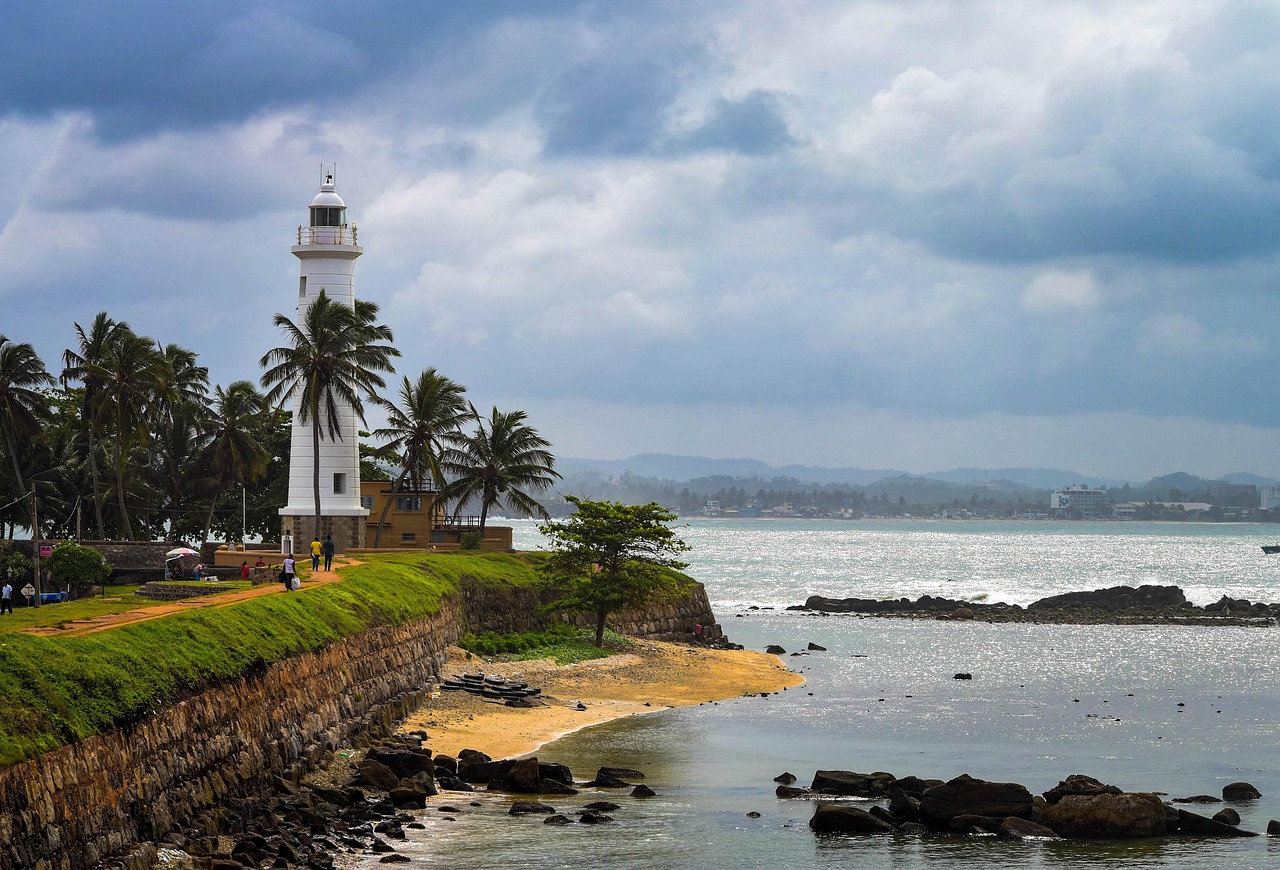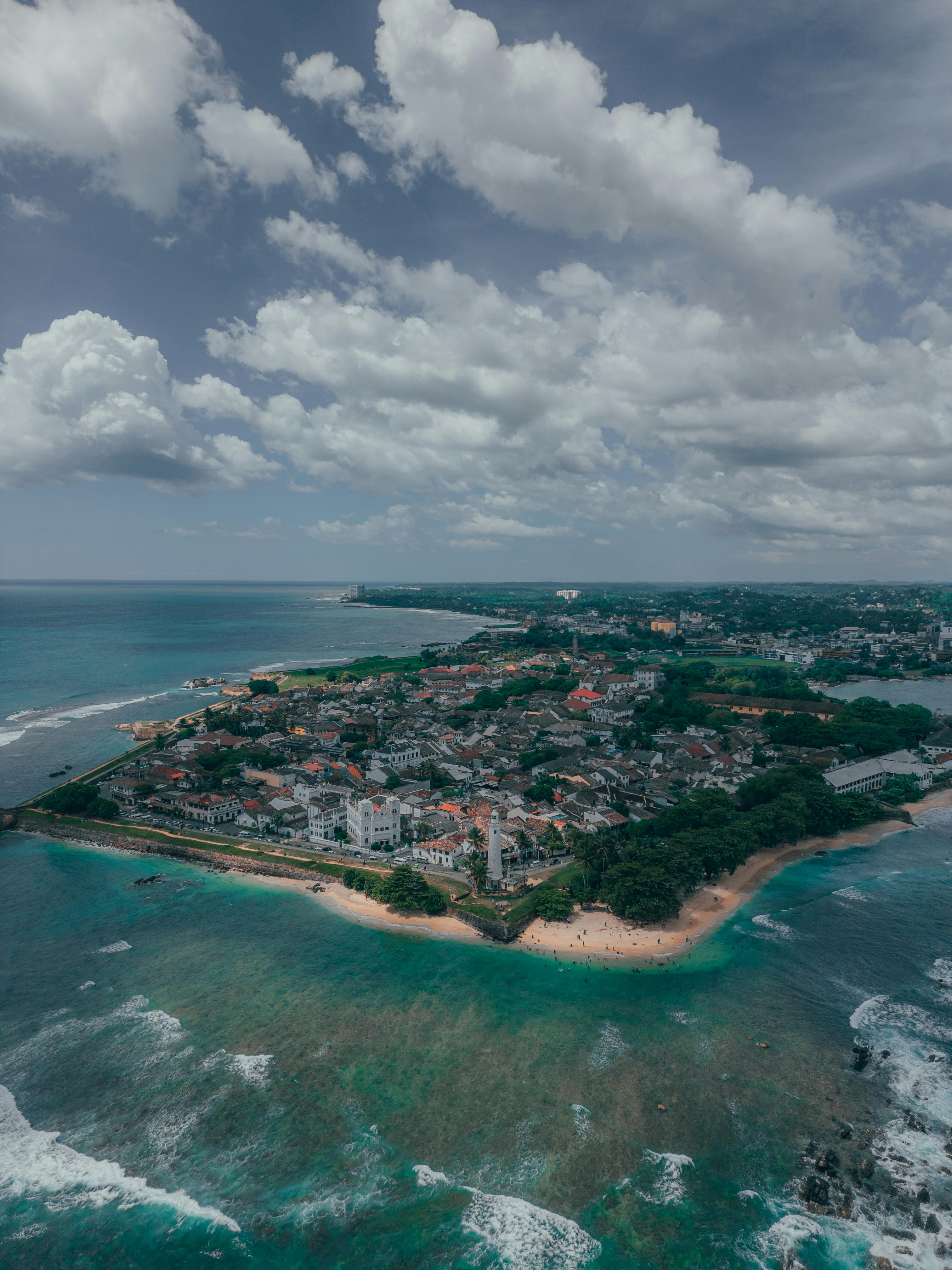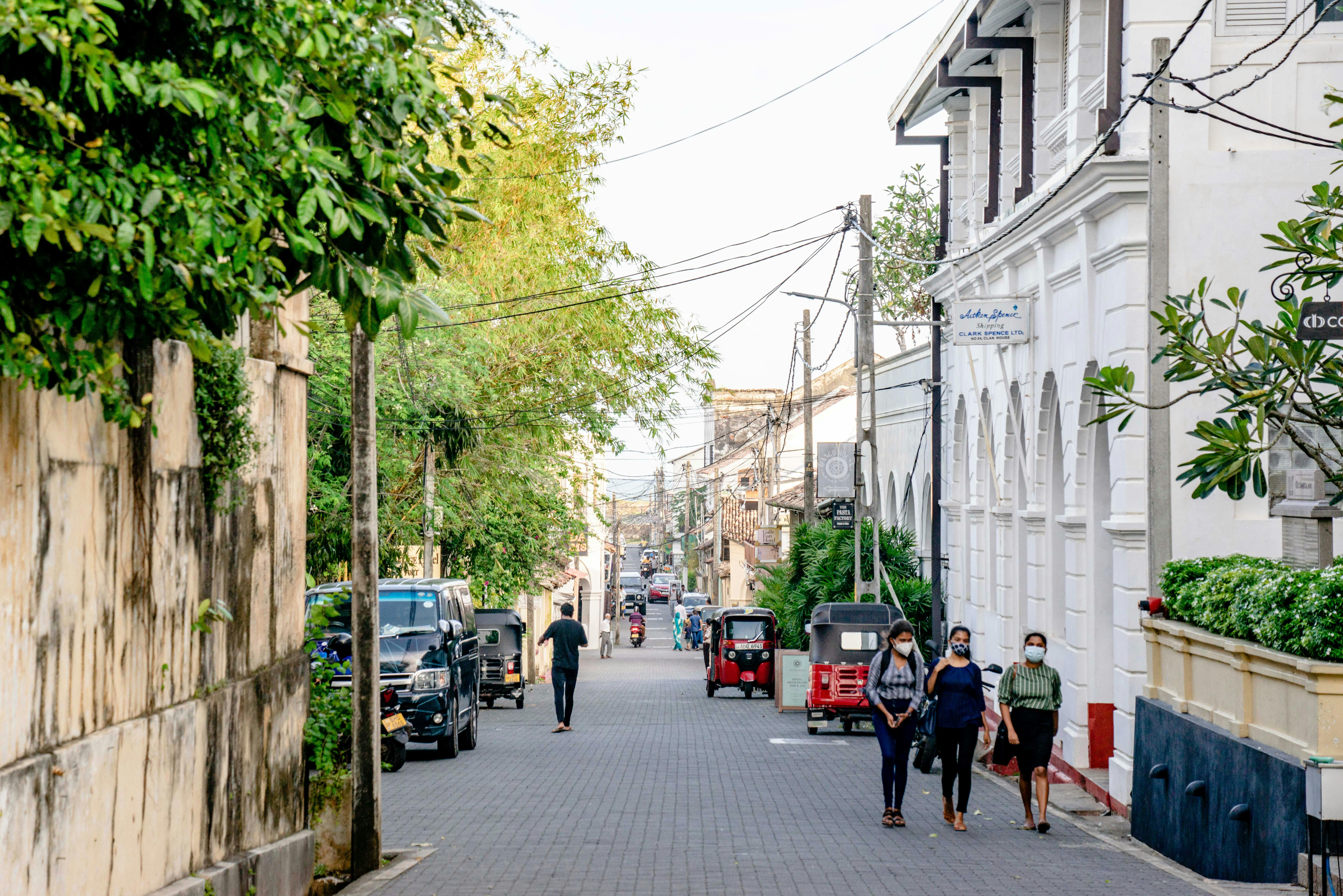Discover the Enchanting City of Galle: A UNESCO World Heritage Gem on Sri Lanka's Coast

A Glimpse into Galle's Storied Past
The history of Galle is a fascinating narrative of invasion, trade, and cultural amalgamation. While the city itself has ancient roots, its most prominent landmark, the Galle Fort, was originally built by the Portuguese in 1588. It was later extensively fortified by the Dutch in the 17th century, transforming it into the impressive stronghold we see today. The Dutch, with their meticulous engineering, created an impregnable bastion that protected their thriving maritime trade interests. Later, the British also left their mark, adding further structures and shaping its unique character.
Walking through the fortified part of Galle is like stepping back in time. Every cobblestone street, every colonial building, and every towering bastion whispers tales of a bygone era. Galle was once a vital port for spices and goods, connecting East and West, and its strategic location contributed to its rich and diverse heritage. This well-preserved fort is considered the best example of a fortified city built by Europeans in South and Southeast Asia, showcasing a remarkable fusion of architectural styles.

Exploring the Iconic Attractions within Galle
The charm of Galle lies in its ability to blend history with modern life, allowing visitors to leisurely explore its many treasures on foot, especially within the fort. The attractions in Galle are diverse, catering to history buffs, art lovers, and casual explorers alike.
One of the most popular things to do in Galle is to walk the Fort walls. This scenic stroll offers breathtaking panoramic views of the Indian Ocean, the bustling city outside, and the iconic Galle International Cricket Stadium. Don't miss the chance to witness a spectacular sunset from the ramparts, a truly unforgettable experience. Key bastions like the Flag Rock Bastion and Point Utrecht Bastion within the fort offer fantastic photo opportunities and a sense of its formidable past.

Within the fort walls, you'll find architectural gems such as the striking Galle Lighthouse, a beacon of maritime history, and the elegant Galle Clock Tower. The Dutch Reformed Church (Groote Kerk), built in 1755, is a testament to Dutch architectural prowess, while the Meeran Jumma Mosque and various Hindu and Buddhist temples reflect the harmonious multicultural fabric of Galle.
For a deeper dive into the region's past, visit the Galle National Museum and the National Maritime Museum, both housed in beautifully restored colonial buildings within the fort. These museums showcase artifacts that tell the story of Galle's maritime legacy and its cultural evolution. Beyond the fort, explore the vibrant local markets and colonial-era architecture that define the wider city of Galle.
A Vibrant Hub of Culture, Shopping, and Cuisine
Beyond its historical significance, Galle is a vibrant contemporary destination. The narrow, atmospheric streets within the fort are lined with a charming array of boutique shops in Galle, offering everything from exquisite jewelry and handmade crafts to unique clothing and antiques. It's the perfect place for souvenir shopping in Galle and discovering local artisanal treasures.
Food enthusiasts will be delighted by the diverse culinary scene. The restaurants in Galle offer a wide range of options, from authentic Sri Lankan cuisine to international delights. The Old Dutch Hospital Shopping Precinct, a beautifully restored colonial building within the fort, is now a popular spot for dining and socializing, offering a fantastic ambiance. Indulge in fresh seafood, traditional rice and curry, or enjoy a refreshing cup of Ceylon tea at one of the many charming cafes both inside and outside the fort walls.

Planning Your Galle Adventure: Travel Tips
To make the most of your Galle travel experience, consider these tips:
- Best Time to Visit Galle: The dry season, from December to April, offers pleasant weather with less rain, making it ideal for exploring. However, Galle enjoys a mild climate year-round. Mornings and late afternoons are generally cooler and perfect for walking the ramparts of the fort.
- Getting There: Galle is easily accessible. You can take a scenic train journey from Colombo to Galle, which offers breathtaking coastal views. Alternatively, hire a private taxi or use local buses. The Southern Expressway also provides a fast route.
- Exploring: The fortified area of Galle is best explored on foot. Wear comfortable walking shoes, and don't forget a hat and sunscreen, as it can get quite warm during the day. Consider hiring a local guide for an in-depth Galle tour.
- Accommodation: From luxurious boutique hotels within the fort to charming guesthouses and beachfront resorts just outside, there are plenty of Galle accommodation options to suit every budget and preference. Staying inside the fort allows for an immersive experience, especially in the evenings when the crowds thin out.
